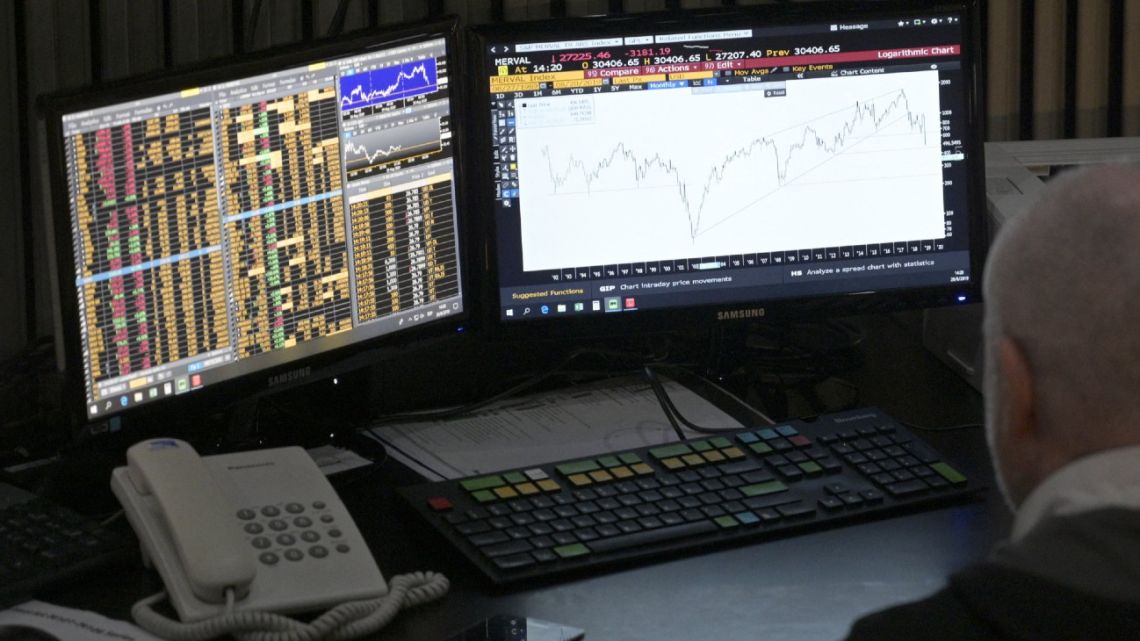A 15-minute price analysis reveals sharp oil market movements on April 2, 2025, as WTI Crude Oil falls to $69.80 by April 3 morning.
The data captures a late sell-off, driven by global economic fears. Business leaders watch closely, seeking clarity in an uncertain landscape. WTI Crude Oil opens April 2 at $69.50, rising to $71.00 by midday.
A sudden drop hits $69.36 around 17:30, sparked by U.S. President Donald Trump’s announcement of reciprocal tariffs on trading partners. Prices stabilize overnight, ranging between $69.50 and $70.00, as trading activity slows.
Brent Crude follows WTI’s path, dropping to an estimated $72.80 by April 3 morning. Earlier data shows Brent at $73.63 on March 28, but tariff concerns push prices lower.
The tight link between WTI and Brent reflects global sensitivity to U.S. policy shifts.
OPEC+ increases production by 138,000 barrels per day starting April 2025, reversing earlier cuts.
 Tariffs and Supply Shifts Shake Oil Markets on April 3, 2025. (Photo Internet reproduction)
Tariffs and Supply Shifts Shake Oil Markets on April 3, 2025. (Photo Internet reproduction)This move raises supply concerns among traders. Meanwhile, a maritime and energy truce between Russia and Ukraine eases geopolitical tensions, offsetting prior worries involving Iran and Israel.
Oil Markets Face Pressure Amid Global Slowdown
Technical indicators signal caution. The MACD turns bearish at 17:30 on April 2, confirming downward momentum. RSI drops to 30 during the sell-off, showing oversold conditions, then rises to 40 by April 3 morning.
Volatility spikes as prices hit a lower threshold, indicating market stress. Global demand concerns add pressure. China’s manufacturing slowdown weakens oil demand, worrying investors.
India, however, increases oil imports by 3% in March 2025, providing some support. Europe faces challenges with weak Eurozone demand, especially in Germany, where industrial output falls.
Tariffs fuel fears of a global economic slowdown, possibly triggering a recession. The U.S. dollar strengthens, making oil costlier for foreign buyers and curbing demand.
Libya’s political unrest cuts output by 200,000 barrels per day, adding supply uncertainty to the market. Traders anticipate a potential short-term bounce as RSI indicates oversold conditions. WTI might test $70.00 on April 3, but resistance looms at $71.00.
Support holds at $69.36, a key level for stability. Bearish factors, including tariffs and higher OPEC+ supply, limit optimism. The oil market’s swings highlight broader economic challenges.
Businesses prepare for rising costs and shifting demand patterns. As U.S. job data approaches later on April 3, investors seek signs of stability. Tariffs, supply changes, and geopolitical dynamics keep the market tense.

 By The Rio Times | Created at 2025-04-03 08:37:49 | Updated at 2025-04-05 00:57:51
1 day ago
By The Rio Times | Created at 2025-04-03 08:37:49 | Updated at 2025-04-05 00:57:51
1 day ago








